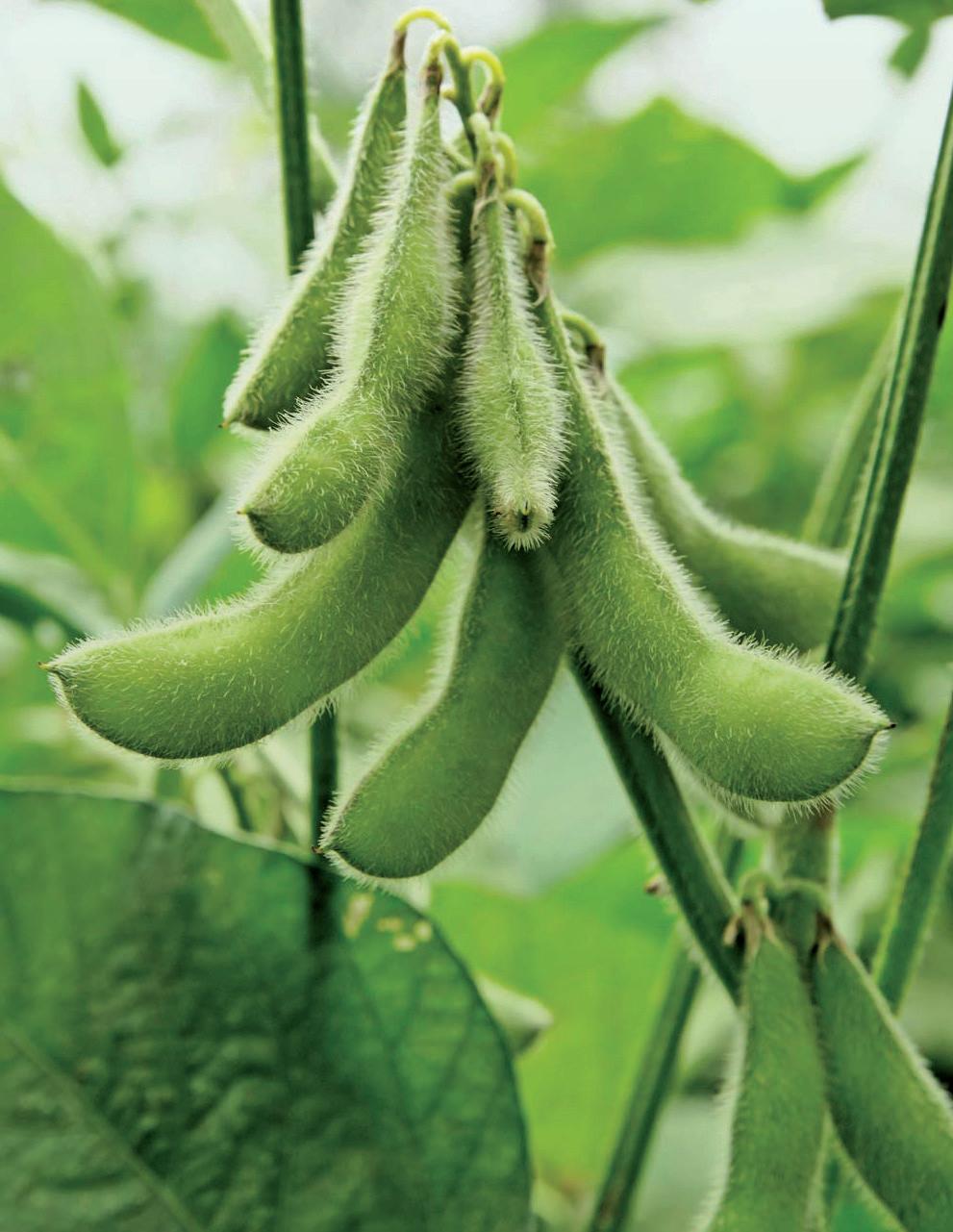
2 minute read
Science of the SIL Multi-Crop Thresher: Profitability, Performance, and Promoting Gender Equity
PROFITABILITY: The SIL thresher is profitable and sustainable – operators can pay back the capital cost of the thresher and still earn a high rate of return (gross margins range from 64-80% based on data from Ghanaian and Zambian commercial operators). Service providers can achieve a $57/day profit when threshing 50% maize and 50% soy. PERFORMANCE: The rated thresher capacity is approximately 2,000 kg of shelled maize per hour and 200 kg of soybean per hour with less than 2% postharvest loss. PROMOTING GENDER EQUITY: 61% of women-led thresher groups reported better prices for their crops when using the SIL MCT and 55% reported an increase in cash on-hand and access to credit.
Women-led thresher owners reported feeling more ‘important’ and that their views were respected because men recognized they controlled a valuable asset – a mechanized thresher.
Advertisement
Rudy Ofori is a Product Manager with SAYeTECH, the Soybean Innovation Lab’s commercialization partner for the multi-crop thresher in West Africa. Rudy leads thresher demonstrations for customers, showcasing the capacity and performance of the thresher across a range of crops including soybean, maize, cowpea, millet, sorghum, and rice. Reactions from women-led thresher groups in Ghana
“The thresher has brought relief to women. For the first time in my life, I finished my farm before my husband’s, and we will no longer manually thresh again. See my palm this year!” [Participant showed that the skin of her palm was not torn or damaged from manual threshing]
“Our thresher does not collect cash. We only request grain, which is easy for every farmer to pay.”
“My soybean crop was burned last year in the field [during a bush fire while waiting to be manually threshed]. But not again this year because of the [mechanized] thresher.”
“The men in our community have seen our importance, and they can’t believe we have a thresher to ourselves. When they want to use our thresher, they come, and we negotiate in a meeting.”
Averages Throughput Capacity Chaff/Weight % Soybean 142 kg/hour 1.8%
Throughput capacity based on field data collected by SIL among thresher operators in Ghana and Zambia.
Maize 2,839 kg/hour 0.1%
Rice 105 kg/hour 0.3% KEY IMPACTS
Thresher economic impacts cut across the value chain by: • Increasing market value of farmers’ produce • Reducing the cost of threshing • Improving grain quality • Reducing postharvest losses • Reducing manual labor • Reducing the time needed for threshing • Spurring rural industrial production • Expanding opportunities for youth
BENEFITS REALIZED BY WOMEN-LED THRESHER GROUPS IN GHANA
58%
reported no longer needing cash to pay for threshing services
61%
reported better prices for their crops
55%
reported an increase in cash on-hand and access to credit










